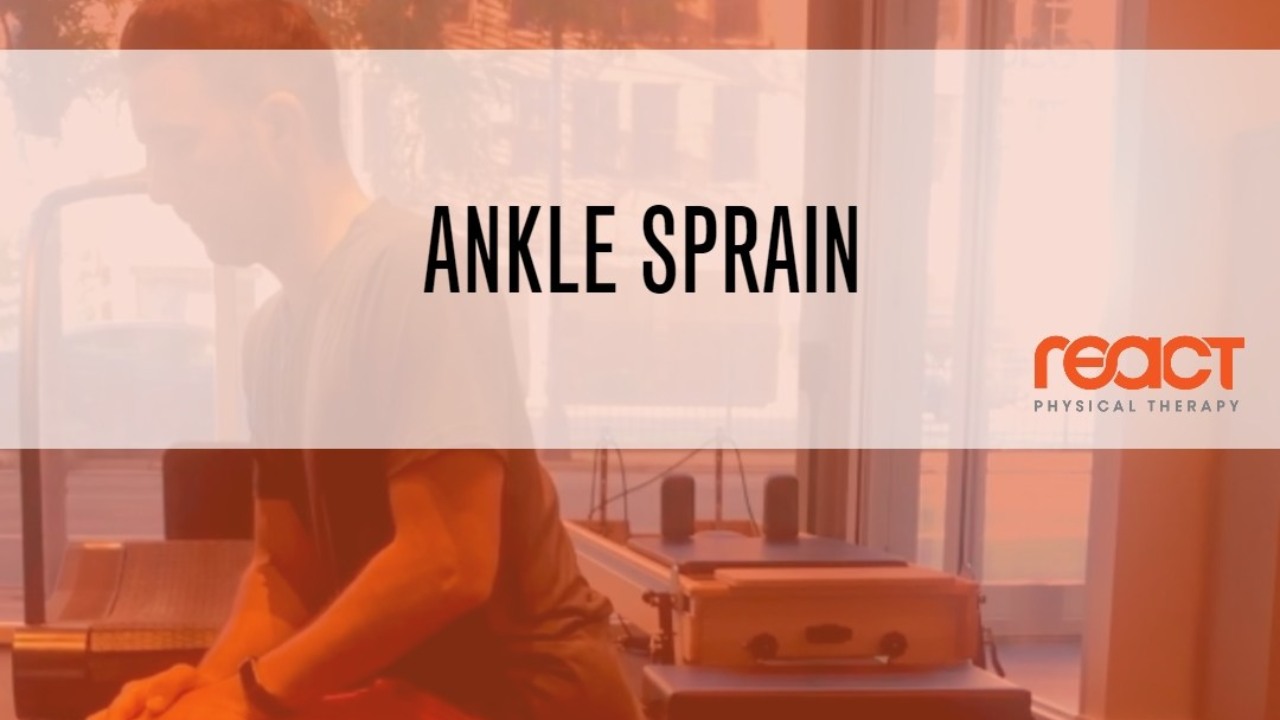Sprained Your Ankle, Now What Should You Do?

Have you ever sprained your ankle and wondered what you should do? Do you need to go to the ER and get an x-ray? Do I need to elevate and ice it? How do I make it stop hurting? How do I prevent this from happening again?
Millions of Americans sprain their ankles every year. While it is most commonly seen in sports such as basketball, soccer, and football, it is something that can happen while we are walking down the street and misjudge a curb or hit one of those pesky potholes (a problem Chicagoans know all too well).
Do I just walk it off or do I need to go see a physician and get an x-ray?
There are some guidelines called the Ottawa Ankle Rules which can help assist in determining whether or not getting an x-ray are appropriate. If you have pain and tenderness in certain regions and are unable to bear weight (not able to put ANY weight through your foot and take a few steps) then you may benefit from getting an x-ray to rule out any fractures.
Do I put ice on it and elevate it?
If it looks like your ankle is starting to get larger and swell, icing can help in preventing further swelling and inflammation. Icing for the first 24-48 hours after an ankle sprain may be ideal to eliminate excessive swelling to promote movement. However, we don’t want prolonged exposure to ice as it can delay the healing process and prevent movement restoration. Here are a few simple exercises to kick off your sprained ankle rehab Click Here for an Exercise Demo
1. Ankle Pumps
2. Ankle Circles
3. Ankle Mobilizations (the key is keeping your foot flat while you move through a range of motion that is tolerable without increasing pain)
How can a physical therapist help?
A physical therapist is trained in pain management and movement. A thorough evaluation of measures and questions can help determine the best course of treatment in order to manage your injury. Everyone’s injury and pain threshold are unique to them, therefore the same treatment and exercises may not be appropriate for each ankle sprain.
At React, we utilize a full-body approach to treatment meaning that we look beyond just the area of injury in order to maximize the body’s potential to return to full strength and resume your activities. We strive to balance your body and assist in reducing future episodes of injury. While we can’t truly prevent injuries we can lower the risk for which they occur through balance and strength.